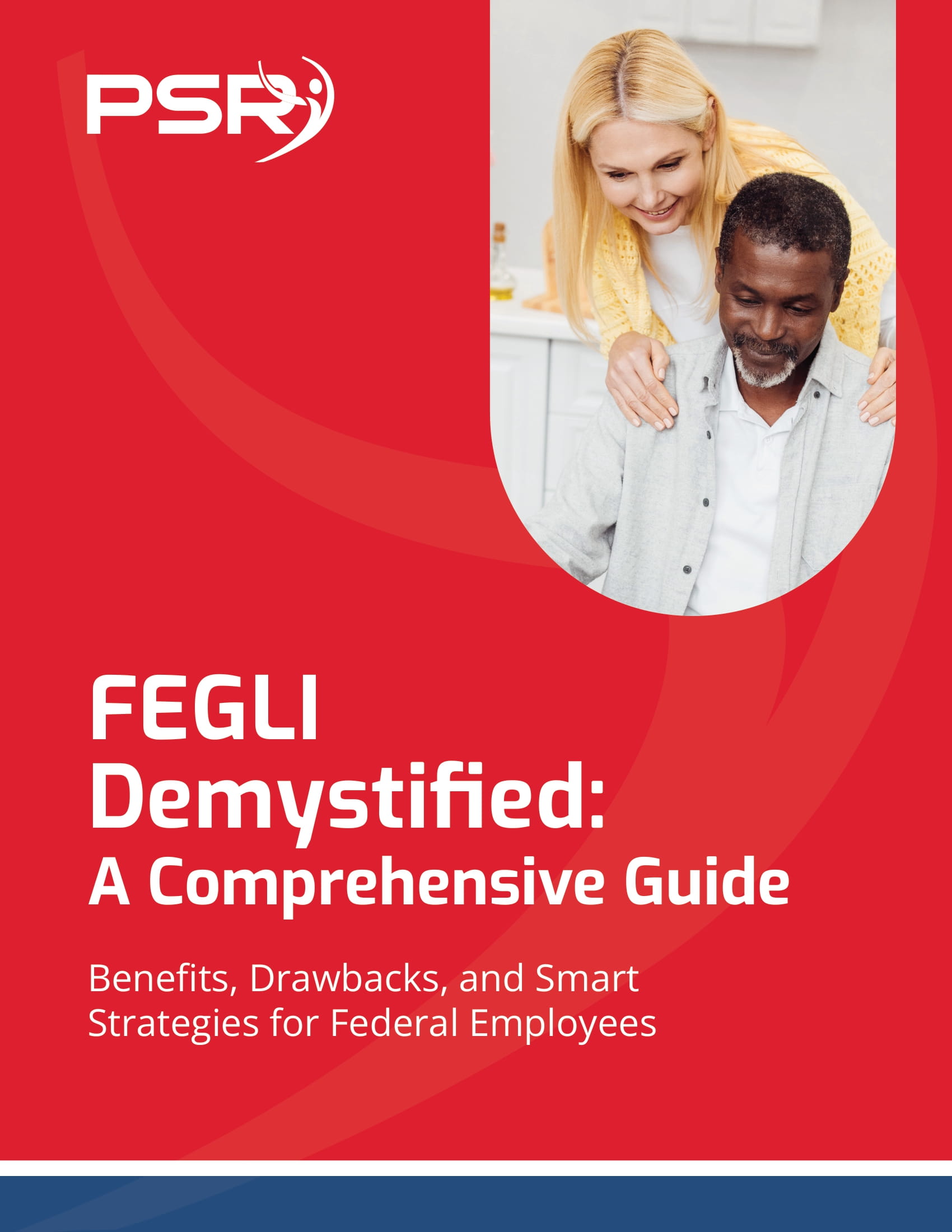Key Takeaways
-
CSRS retirees continue to enjoy higher annuity payouts and stronger inflation protection compared to those under newer systems.
-
Understanding the long-term security CSRS offers can help you better assess your retirement outlook in 2025 and beyond.
The Enduring Strength of CSRS in 2025
The Civil Service Retirement System (CSRS), established in 1920, remains one of the most generous retirement systems for government employees. Even in 2025, despite shifts toward the Federal Employees Retirement System (FERS) and other models, CSRS benefits continue to outshine newer retirement programs.
Higher Annuity Payments Set CSRS Apart
- Also Read: How Civilian Employees Can Turn Military Time Into a Bigger FERS Pension
- Also Read: Dropping FEGLI Sounds Smart—Until You Realize What It No Longer Covers After Retirement
- Also Read: Hitting 20 Years in Law Enforcement? Here’s What You Can Expect From Your Pension
This substantial income replacement means that if you are a CSRS retiree, you generally do not have to rely heavily on other sources, such as Social Security or personal savings, to maintain your lifestyle in retirement.
No Social Security Offset Creates Added Advantage
CSRS retirees generally do not participate in Social Security for their government service, and thus, there is no mandatory offset. Although this means CSRS retirees typically do not receive Social Security benefits based on their government work, the significantly higher annuity often more than compensates for this. Those who have other Social Security-covered employment outside of their CSRS career can still qualify for Social Security benefits, although the Government Pension Offset (GPO) rules may apply.
Full COLA Adjustments Protect Against Inflation
Cost-of-Living Adjustments (COLAs) under CSRS are another major benefit. As of 2025, CSRS retirees receive full COLAs tied directly to the Consumer Price Index (CPI). This is a huge contrast to FERS retirees, who often receive reduced COLAs when inflation is moderate.
-
When the CPI is between 2% and 3%, FERS COLA is typically 2%.
-
CSRS retirees receive the full CPI increase, helping them maintain their purchasing power throughout retirement.
Given the inflationary pressures that have persisted through the early 2020s, the importance of full COLA protection cannot be overstated.
Simplicity in Retirement Planning
CSRS offers a straightforward benefit structure: a defined benefit pension without complicated investment decisions. FERS participants must manage Thrift Savings Plan (TSP) investments and time their Social Security benefits carefully to optimize income.
If you are under CSRS, much of your retirement income is automatically structured for stability and predictability, reducing the burden of complex financial planning.
Survivor Benefits Are Generous
In 2025, survivor benefits for CSRS annuitants remain particularly strong. You can elect a survivor annuity for your spouse that provides up to 55% of your unreduced annuity. While this reduces your monthly benefit slightly during your lifetime, it ensures that your spouse receives substantial income if you pass away first.
This added security can make a major difference for couples relying on predictable retirement income.
Longer Service Leads to Bigger Benefits
Many CSRS employees who have stayed in service for decades reap significant rewards. Long service periods under CSRS dramatically increase annuity payouts because the formula is weighted toward the number of years worked.
For example:
-
1.5% of your “high-3” salary for each of your first 5 years.
-
1.75% for each of the next 5 years.
-
2% for each year after 10 years.
By 2025, many CSRS retirees with 30-40 years of service enjoy benefits that substantially exceed what newer retirement systems can offer even with TSP and Social Security combined.
Federal Benefits Coordination Remains Strong
As a CSRS retiree in 2025, you are still eligible for excellent benefits coordination, including health coverage through the Federal Employees Health Benefits (FEHB) Program. FEHB continues to offer extensive healthcare coverage that many CSRS retirees carry into retirement.
Even after retirement, you pay the same premiums as active employees, and the government still covers a significant portion of the cost. This ensures ongoing access to quality healthcare without significant financial strain.
CSRS Retirees Avoid Early Withdrawal Penalties
Another advantage of CSRS is that it generally avoids the complexity of early withdrawal penalties that TSP participants must navigate. CSRS retirees collect their pensions upon retirement without worrying about withdrawal restrictions or additional taxes for accessing retirement funds before certain ages.
Voluntary Contributions Program Adds Flexibility
If you contributed to the CSRS Voluntary Contributions Program (VCP), you have access to additional savings options. In 2025, VCP allows you to transfer contributions into an Individual Retirement Account (IRA) or annuitize them for additional income.
Although not every CSRS employee participated, those who did can enjoy enhanced retirement flexibility today.
The Shrinking CSRS Population
By 2025, fewer than 44,000 active federal employees remain under CSRS. The majority of CSRS retirees have already left the workforce, but their strong benefits continue to make them a standout group among government retirees.
If you are among them, your retirement income structure is increasingly rare and therefore even more valuable.
Minor Limitations to Keep in Mind
While CSRS offers remarkable advantages, it does have a few limitations:
-
No automatic Social Security: You must have sufficient outside employment to qualify for Social Security on your own.
-
Less portable benefits: If you leave federal employment early, CSRS benefits may not vest as advantageously as modern systems designed with portability in mind.
-
GPO and WEP: If you do qualify for Social Security benefits based on non-CSRS work, the Government Pension Offset (GPO) may reduce your spousal benefits. However, the Windfall Elimination Provision (WEP) was repealed in 2025, meaning your own Social Security benefit is no longer reduced.
Understanding these tradeoffs helps you maximize your retirement security.
Future Outlook for CSRS Retirees
In 2025 and beyond, CSRS retirees are well-positioned to weather market fluctuations and inflationary cycles. Given the strong foundation built into CSRS—through high annuity payouts, full COLAs, and excellent healthcare benefits—you can expect continued financial stability if you maintain sound personal financial practices.
However, it’s still important to review your retirement strategy regularly. Healthcare needs, tax laws, and survivor benefit options may shift over time. Working with a licensed professional listed on this website can ensure you continue making the best decisions for your future.
Why CSRS Still Deserves Recognition Today
CSRS may be a closed system for new entrants, but its success story lives on for those fortunate enough to be part of it. In a retirement landscape increasingly reliant on personal savings and market performance, CSRS shines as a model of government-sponsored retirement security.
If you are a CSRS retiree or nearing retirement under CSRS, you hold a tremendous advantage that many newer retirees wish they had. Make sure you fully understand your benefits, review your options annually, and stay informed about any legislative or benefit changes that could impact your retirement.
For a personalized retirement review or help navigating your CSRS benefits, reach out to a licensed professional listed on this website. They can help you protect and optimize the advantages you have earned.









